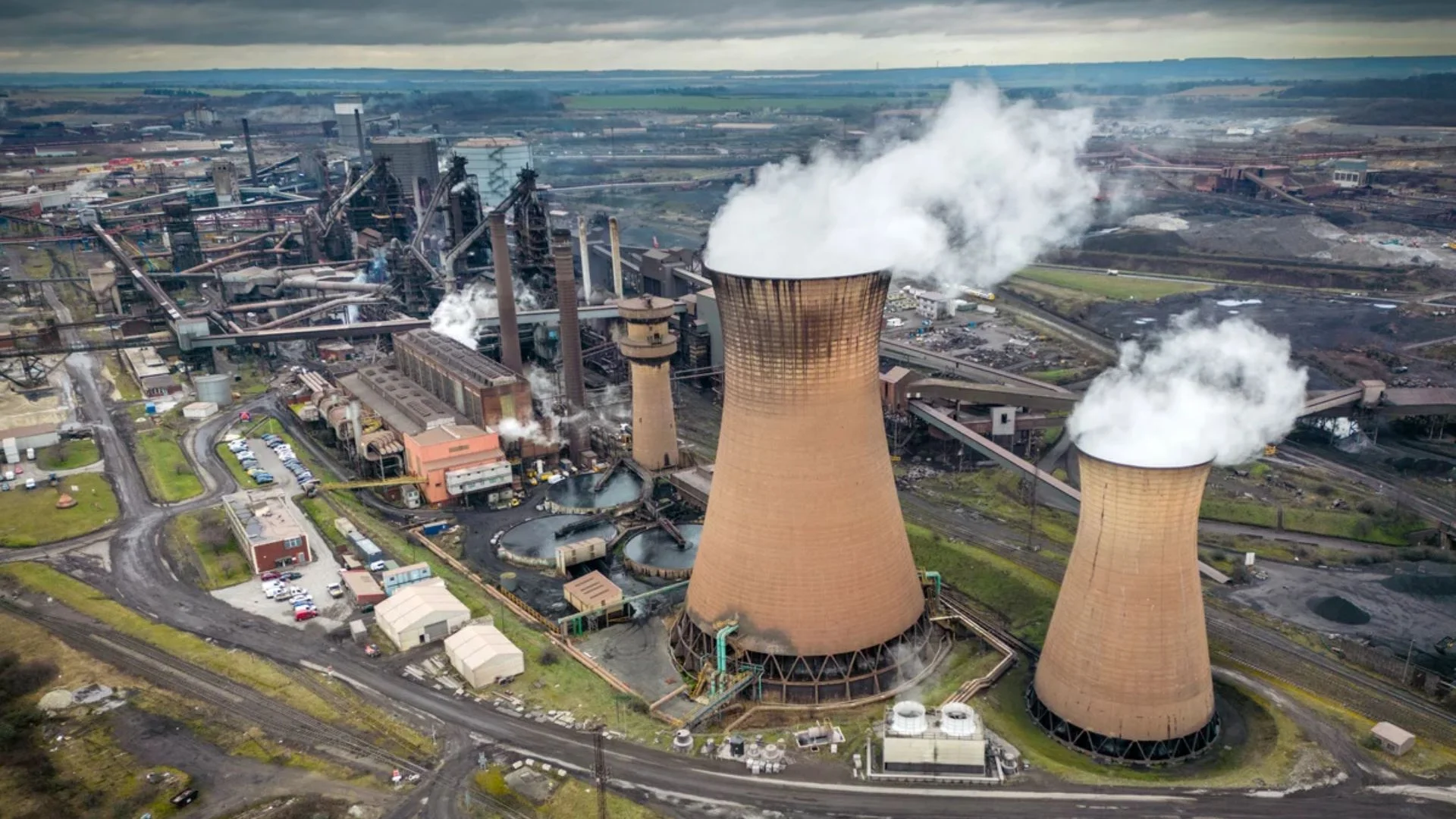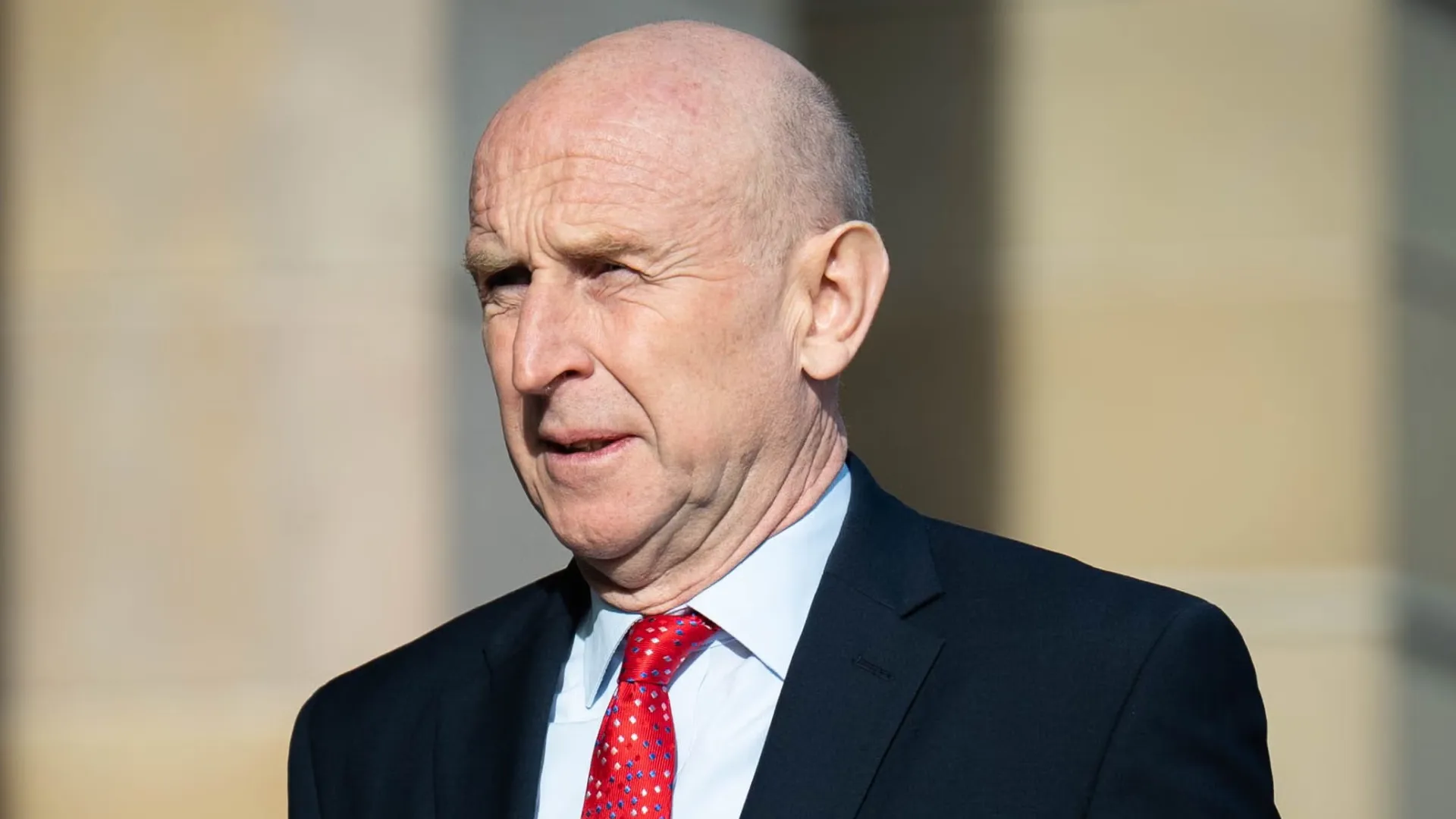In a unexpected turn, Syrian President Bashar al-Assad’s 24-year rule has ended as rebels captured Damascus on Sunday, declaring the capital free of his regime. Assad reportedly fled to an unknown destination after rebels advanced rapidly, leaving no sign of military resistance in the city.
Witnesses described jubilant crowds in Damascus, waving flags and chanting “Freedom” after decades of Assad family rule. Rebel sources revealed plans to address the nation via state television to mark the regime’s collapse.
The fall of Assad, a major ally of Russia and Iran, signifies a seismic shift in the Middle East’s political landscape. Rebels claimed control of key regions, including the strategic city of Homs, which they seized after a single day of fighting. The victory severed Damascus from Assad’s coastal strongholds, home to his Alawite sect and Russia’s military bases.
Rebel leader Ahmed al-Sharaa vowed to protect public institutions until a transitional government is formed, while urging restraint among fighters. Thousands of detainees have been freed, and symbols of the Assad regime, including statues, have been destroyed in liberated areas.
The rapid insurgent gains have left global powers stunned. US President Joe Biden and other leaders are closely monitoring the developments, with regional governments calling for a political resolution to prevent further instability.
Hayat Tahrir al-Sham, led by Abu Mohammed al-Golani, spearheaded the offensive but faces scrutiny over its Islamist roots. Golani has pledged to avoid persecution of minorities and international interference.
The end of Assad’s regime raises concerns about Syria’s future under fragmented rebel leadership, as the country emerges from over a decade of civil war that claimed hundreds of thousands of lives and displaced millions.






















